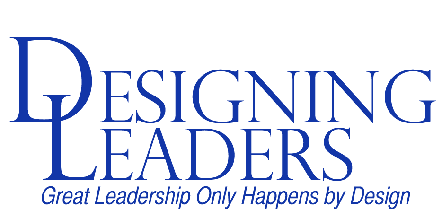Creativity’s Return on Investment
Return on investment, or ROI, is a standard yardstick for measuring the effectiveness, and efficient use, of your resources. “What do we get back for every dollar we put in?” is a typical way of knowing if you are getting your money’s worth. When your inputs are physical in nature, it’s not that tough to figure out; you know how much the materials cost you, you know how much you are paying the people who turn them into a product, and you can determine the value of the product pretty easily to know if your inputs are being used wisely.
But…
…what if a critical input is creativity?
How do you measure the amount of creativity that goes into a product? How would you put a monetary value on it? You can know the amount you make off of a product, but how do you value the inputs that went into it?
In particular, consider how you measure the ROI on the resources you spend to develop your creative team. Your employees produce a product, but how much of their ability comes from natural talent, and how much is the result of training and development? With traditional production workers, you can value their initial training in terms of what they are now able to do: before the training they could not operate the machinery needed to produce products, but now they can. If you introduce new production techniques, you can know the cost of the training and also know what kind of improvement you get in production, and use the latter to measure the value of the training. But how do you know if the cost of developing creativity is worth the benefit you’re getting? We talk a lot about the importance of professional development, not only to improve the work your employees do for you but also as a retention tool, but how do you know if you’re doing it in the best way?
When it comes to creativity, measuring the amount of the input is hard, and measuring its value is equally challenging. Given that, how do you measure the return on your investment in Creatives?
I’m open to ideas.
- Posted by
 Dr William Thomas
Dr William Thomas - Posted in Creativity & Innovation
 Jun, 25, 2016
Jun, 25, 2016 Comments Off on Creativity’s Return on Investment
Comments Off on Creativity’s Return on Investment
Categories
- Book Reviews
- Change
- Communication
- COVID-19
- Creativity & Innovation
- Culture
- Diversity & Inclusion
- Employee Development
- Ethics
- Free Agents
- Health and Balance
- Leader Development
- Leading
- Management
- New Leaders
- Planning
- Recruiting and Retention
- Uncategorized
Archives
- August 2020
- July 2020
- June 2020
- October 2019
- September 2019
- August 2019
- July 2019
- June 2019
- May 2019
- March 2019
- February 2019
- January 2019
- December 2018
- November 2018
- October 2018
- September 2018
- August 2018
- July 2018
- June 2018
- May 2018
- April 2018
- March 2018
- February 2018
- January 2018
- December 2017
- November 2017
- October 2017
- September 2017
- August 2017
- July 2017
- June 2017
- May 2017
- April 2017
- March 2017
- February 2017
- January 2017
- December 2016
- November 2016
- October 2016
- September 2016
- August 2016
- July 2016
- June 2016
- May 2016
- April 2016
- March 2016
- February 2016
- January 2016
- December 2015
- November 2015
- October 2015
- September 2015
- August 2015
- July 2015
- June 2015
- May 2015
- April 2015
- March 2015
- February 2015
- January 2015
- December 2014
- November 2014
- October 2014


 Jun, 25, 2016
Jun, 25, 2016